Twill fabric is a textile that most of us encounter every day, whether we realize it or not. It’s the sturdy material used in your favorite pair of jeans, the luxurious drapes in your living room, and even in industrial products like work uniforms. But what exactly is a twill fabric, and why is it so widely used? In this article, we'll delve into everything you need to know about twill fabric, from its unique weave pattern to its varied applications. By the end of this guide, you’ll have a solid understanding of why twill fabric is a cornerstone of the textile industry.
Twill is a special type of woven fabric that comes with twill patterns. Unlike satin and plain weave, which have straight lines, this pattern has distinctive diagonal lines. Despite having a tight weave, it is simple to maintain and incredibly durable.
Twill fabric comes with several excellent features and functionalities that make it one of the best fabrics in the textile industry. It's a durable as well as opaque fabric that works well for curtains, beds, and work clothes. In this article, I'm going to explore all the facts about twill fabric.
Table Of Contents
What is Twill Fabric?
Twill fabric is defined by its unique weaving pattern, which creates a distinct diagonal ribbing on the surface of the material. This diagonal pattern, known as a "twill weave," is what gives twill its characteristic durability and texture.
Twill fabric is manufactured with twill weaving. Twill is a general term used for woven fabrics with a twill weave construction.
It is one of the three fundamental textile weaves, along with plain and satin weaves. In a twill weave, one thread repeatedly goes over and under two threads. The weft thread is passed over one or more warp threads and then under two or more warp threads. And so on. With the step or offset between rows to create the characteristic diagonal pattern.
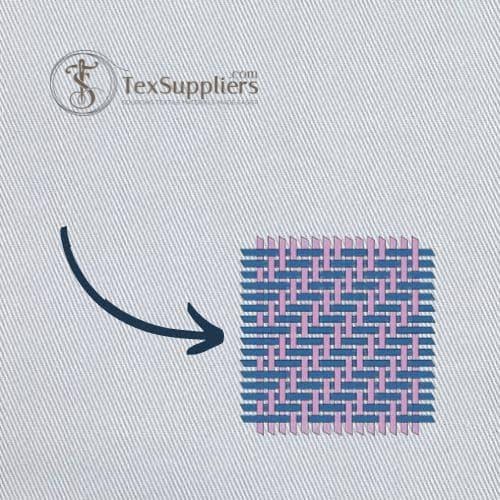
This diagonal pattern is its most predominant feature. The high thread count of twill due to its tightly woven construction, the high thread count of twill gives this textile the potential to be both waterproof and wind-resistant. So if you are seeking a sturdy and robust material but still has a lovely drip, then twill fabric is the best option.
If you're curious about how the twill weave is constructed, here’s a simplified formula:
- Warp Threads: The vertical threads in the fabric.
- Weft Threads: The horizontal threads in the fabric.
- Twill Weave Pattern: Over 2, Under 1 (or Over 3, Under 1, etc.)
For example, in a 2/1 twill, each weft thread goes over two warp threads and then under one, creating the diagonal pattern. This weave can vary in complexity, but the principle remains the same.
What is Twill Fabric Made Of?
Twill fabric is a popular woven fabric that comes with twill patterns. It is among the three original fabric weaves, along with plain as well as satin weaves. The textile industry still uses twill, one of the ancient kinds of fabric. Not all 'twill' fabric is created from the same materials.
Twill fabric is made of numerous materials, including cotton, polyester, nylon, silk, and wool. It may be weaved in a variety of patterns using mixed-color yarn to display designs. Depending on how it is woven, it can also include double-sided or multiple-sided patterns.
Types
According to the material you can find several types of twill fabric in the textile industry. They are classified based on manufacturing material as well as their pattern. Let's take a look at different types of Twill fabric.
1. According to Material:
a. Cotton Twill/ Natural Twill
Cotton twill fabric is one of the most popular twill fabrics. Like cotton twill, polyester twill has gained vast popularity since polyester is one of the most durable and flexible materials. Polyester materials with the appearance of silk, satin, and twill can be found in khaki and bedsheet forms.
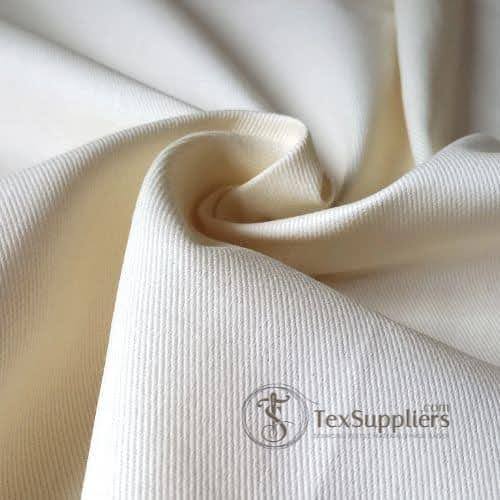
Any type of fabric manufactured from cotton fibers employing a twill pattern with diagonal ribs of elevated thread is known as cotton twill fabric. Materials like denim, drill, khaki, and gabardine can be used for this. This sort of cloth works well for pants as well as trousers since it often has a thick weave and a firmer feel.
b. Polyester Twill/ Synthetic Twill
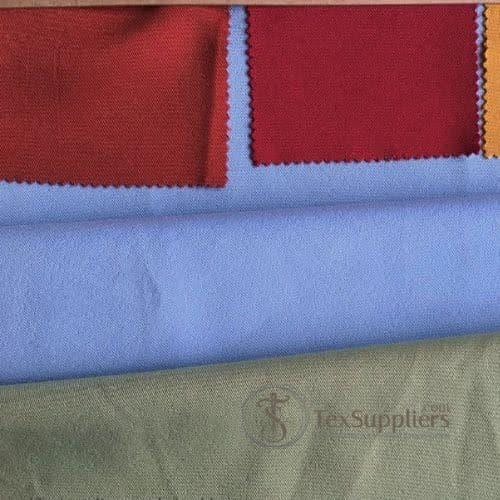
Fabric made of polyester twill is supple, long-lasting, stylish, and subtly glossy. 100% polyester fibers are used to create the 2-sided, diagonal looped texture of polyester twill fabric. This type of fabric is more resilient and insulating due to the woven fabric and polyester component.
c. Woolen Twill Fabric
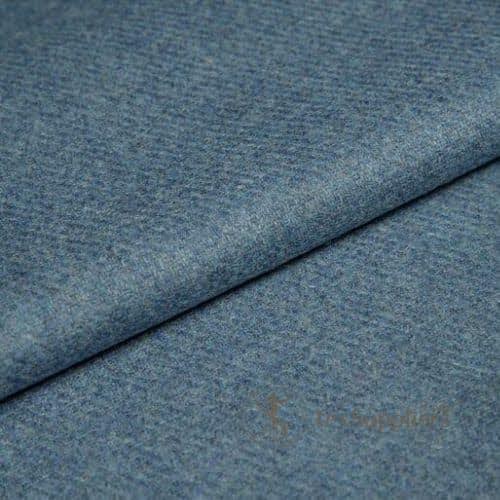
Wool twill is favored for several home furnishings and garments. It has a wonderful feel and a cozy warmth due to the inherent qualities of wool and the features of twill, making it a choice for winter outerwear, pillows, and throws. Additionally, it conceals stains nicely and resists creasing as most twill fabrics do.
2. According to Construction:
a. Diamond twill
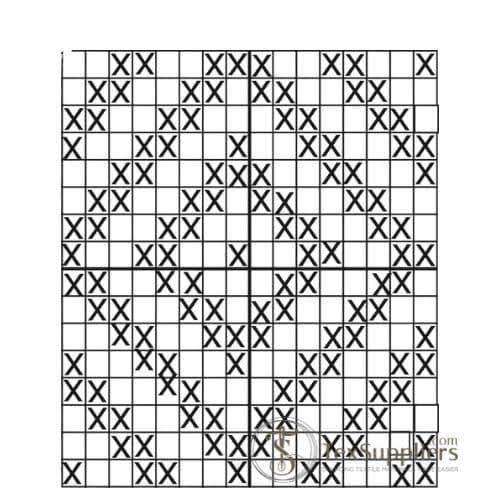
Diamond twill has the impression of diamonds made up of several concentric lines when seen as a whole cloth. Throughout the fabric, the diamonds are positioned parallel to one another. Although this particular twill is occasionally used to create clothing, it is also typical to find it as a design in carpets.
b. Zigzag twill
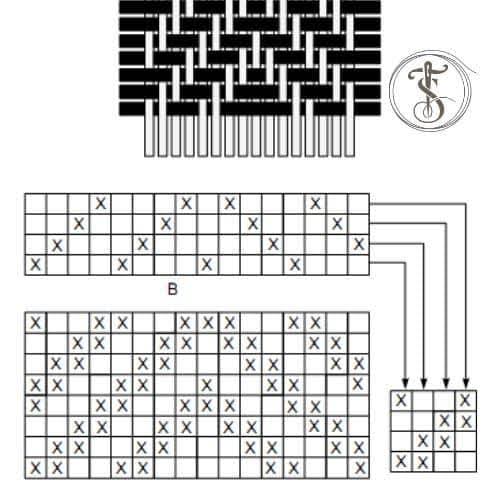
When the direction of the twill often reverses at proper intervals, whether across the breadth, the pattern is said to be zigzag. Consequently, it is an S & Z twill combination. Point drafts are typically used to create wavy twills. Two different varieties of zigzag twill are created when the twill direction is reversed.
c. Herringbone twill
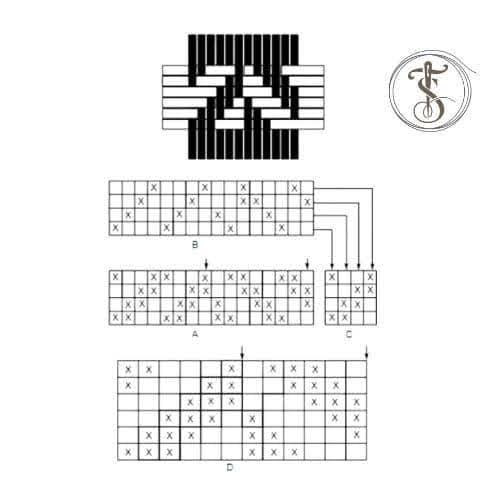
Herringbone is a twill derivation, despite some textile specialists' claims to the contrary. The weft, as well as warp threads used to create the recognizable zigzag pattern on this kind of cloth, are of various colors.
3. According to Uses:
a. Lightweight Twill
The first is lightweight. Also known as Surah or Full Art, lightweight twill fabrics are made of silk or synthetic fabrics such as polyester. Although the fabric used this thin, the weave makes it quite durable. This material is used for neckties, lingerie slips, and linings.
b. Heavy Twill
Then comes heavy twill. It is also known as serge. Heavy twills are traditionally used for outerwear, such as trench coats. Generally, thicker versions are used for work clothing.
c. Denim
Denim generally has blue cotton yarns in One direction and white cotton yarns in the other direction. Denim is strong and durable and a trendy choice for jeans.
d. Cavalry twill
Other twill weaves that are often used for clothing include Cavalry twill. It is smooth and made from wool with diagonal lines.
e. Drill fabric
It is heavy. It is made from cotton. But there is a certain difference between drill fabric and twill fabric.
f. Chino fabric
Then it's Chino fabric. It is constructed with steep twill construction. It is relatively lightweight and made from cotton. There are also some minor differences between chino and twill fabric.
4. According to Popularity:
- Denim: Perhaps the most famous type of twill fabric, denim is a cotton twill that’s usually dyed with indigo to create jeans and jackets. Its durability and comfort make it a staple in wardrobes worldwide.
- Gabardine: This tightly woven twill fabric is typically made from wool or a wool blend. It’s often used in suits, trousers, and uniforms due to its smooth finish and resistance to wrinkles.
- Chino: Chino twill fabric is a lightweight cotton or cotton-blend fabric, commonly used for making chinos or khaki pants. It’s known for its soft feel and smart appearance.
- Herringbone: This is a variation of the twill weave where the diagonal pattern is reversed at regular intervals, creating a zigzag effect. Herringbone twill is often used in jackets and upholstery.
- Twill Tape: A narrow, sturdy fabric strip, twill tape is used for binding seams, reinforcing edges, and even as a decorative element in crafts.
Twill Fabric Properties
Thanks to its diagonal weave, it drapes better than plain weave fabrics. Another key advantage is that it will withstand heavy wear and tear, making it an excellent choice for home furnishings out of here and jeans. It doesn't need to be ironed as frequently as a plain weave.
And it's relatively easy to repair if it gets snapped. Traditionally made from cotton twill, the fabric is a popular choice when a heavy and sturdier fabric is required. There are three kinds of basic twill fabric, each with its own purpose.
|
Fabric Name |
Twill Fabric |
|
Manufacturing Material |
Organic and Synthetic fiber |
|
Possible Thread Count |
100-500 |
|
Fabric Durability |
High |
|
Fabric Breathability |
Moderate |
|
Heat Retention Capability |
Medium |
|
Moisture-wicking Capabilities |
Variable |
|
Stretch Capability |
Low |
|
Prone to bubbling |
Variable |
|
Mostly Used in |
Jeans, shirts, slacks, bedding |
Characteristics
Twill fabric comes with some exclusive features. It has good durability, good enough breathability as well as drape ability. Now let's take a look at different key features of this special type of woven fabric.
Excellent Durability
Durability is the first and foremost feature of this fabric. YES! Twill is an excellently durable fabric. The high thread counts, as well as raised ridges of this fabric, make it highly durable. However, its durability may vary depending on the manufacturing material. For example, polyester material will last longer than cotton.
Good Enough Breathability
The amount of breathability of twill fabric is low. Now, this isn't to mean that wearing this material will make you feel constrictive! You could discover that despite this tight, thick weave, the cloth fibers still permit some ventilation, based on the material utilized.
Excellent Drape Ability
Because it includes additional yarns, or floats, above the warp thread to produce its diagonal pattern, twill often drapes quite beautifully. Twill weaves nearly usually have better drapes over plain weaves, although the fabric's fiber type also has a significant impact. Cotton, which is more malleable, will drape finer than polyester, which is less malleable.
Stretchability
Twill cloth will not stretch at all on its own. But stretch twill materials are available. These textiles include a trace number of elastic fibers like Lycra, Spandex, or elastane. This type of fabric, which is often comprised of polyester as well as cotton, will have a wonderful give to it.
Affordable in Cost
Twill fabric is available at affordable pricing. However, the pricing may differ based on the production material as well as the factory. Synthetic twill fabric is the most affordable twill fabric option, among others. However, you will get what you are paying for.
Easy to Care
Last but not least, twill fabric is super easy to care for. This type of fabric doesn't stain or wrinkle easily. Depending on the manufacturing material, this fabric can be washed in a washing machine. However, woolen twill fabric needs to dry cleaning and washing.
Applications
Twill fabric comes with different exclusive features that make it a popular fabric in this industry. This fabric has good durability, good enough breathability, as well as excellent versatility. Because of these features, twill fabric is used to manufacture different applications. Twill fabric is most frequently used to manufacture jeans, Chinos, tweed, and upholstery, as well as home décor.
Numerous different kinds of textiles for the house and clothing may be made from twill fabric. The denim pants that are made out of this fabric are the most well-known, and they all have a recognizable diagonal pattern. Duck pants, in contrast, are likewise constructed of denim; however, the fabric is plain weave rather than twill.
While making coats from this cloth was a frequent practice in the past, it is less prevalent now. Instead, it's more typical to see this sort of weave utilized to construct polo shirts and related forms of apparel. Undershirts, undergarments, and other light fabrics that come in direct touch with the skin are not often made from twill cloth.
Wrap Up
Now you may get a clear idea about twill fabric since I tried to cover each and every fact about this fabric. This fabric is adaptable and may be anything from delicate and light to thick and substantial. It's crucial to keep in mind that you must conduct an extensive study before choosing your clothes. This article may help you to get the best type of twill fabric.





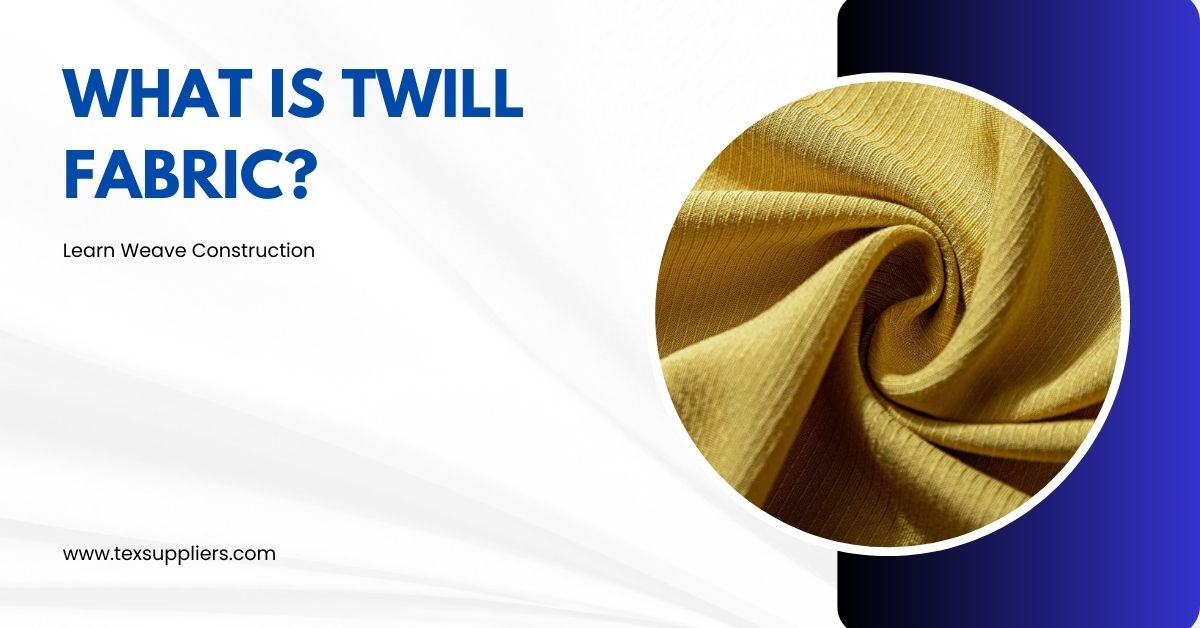
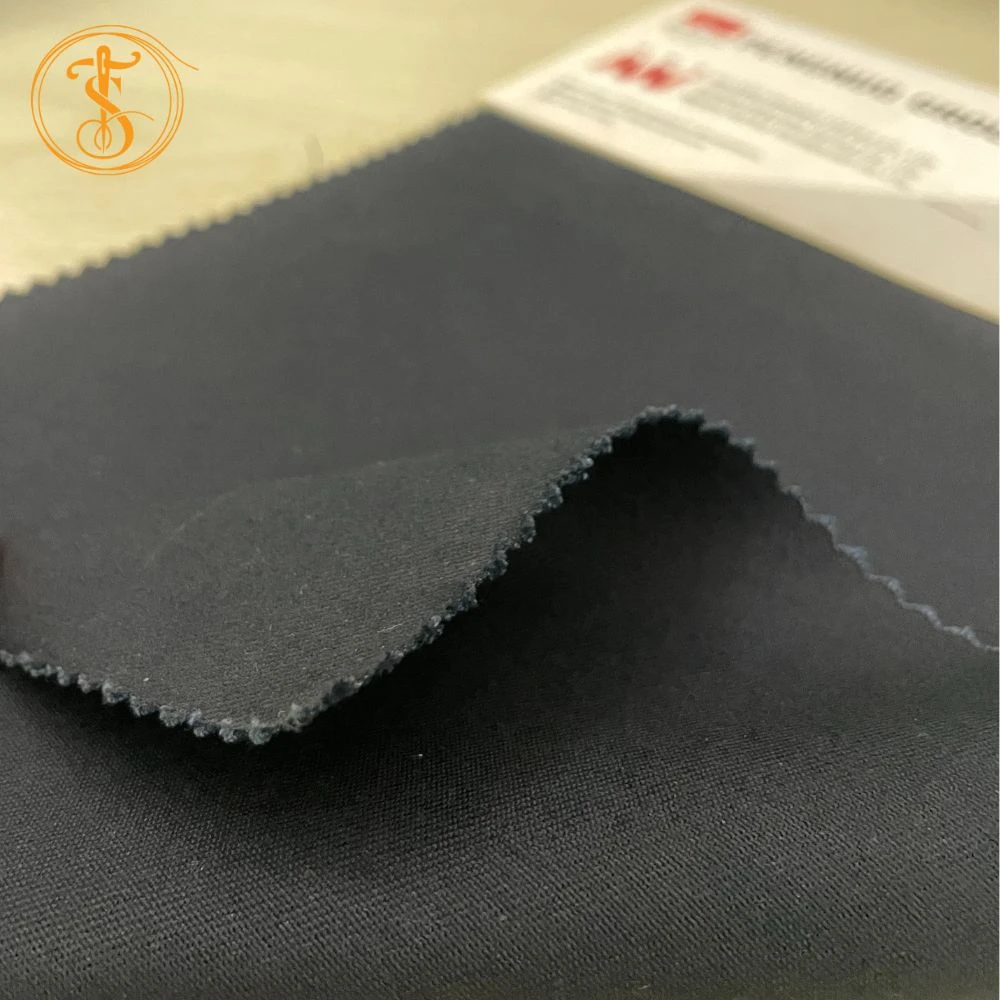
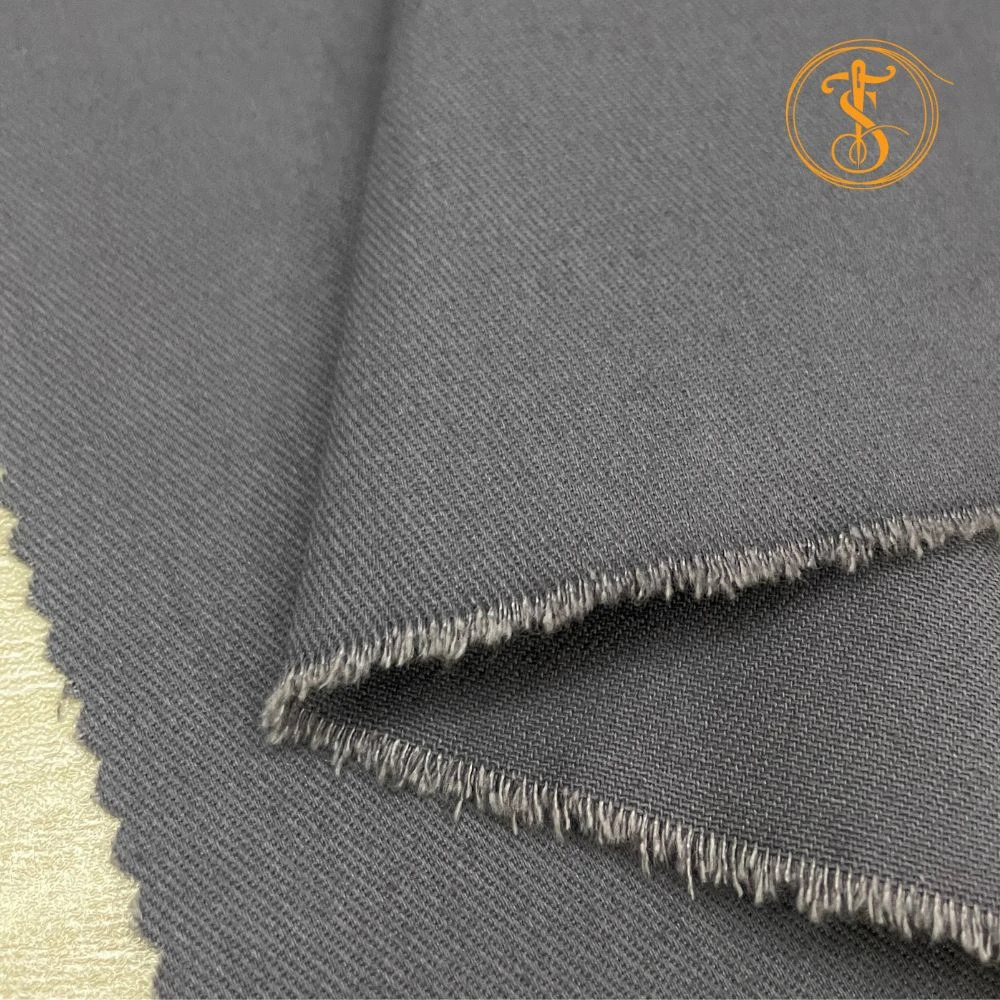
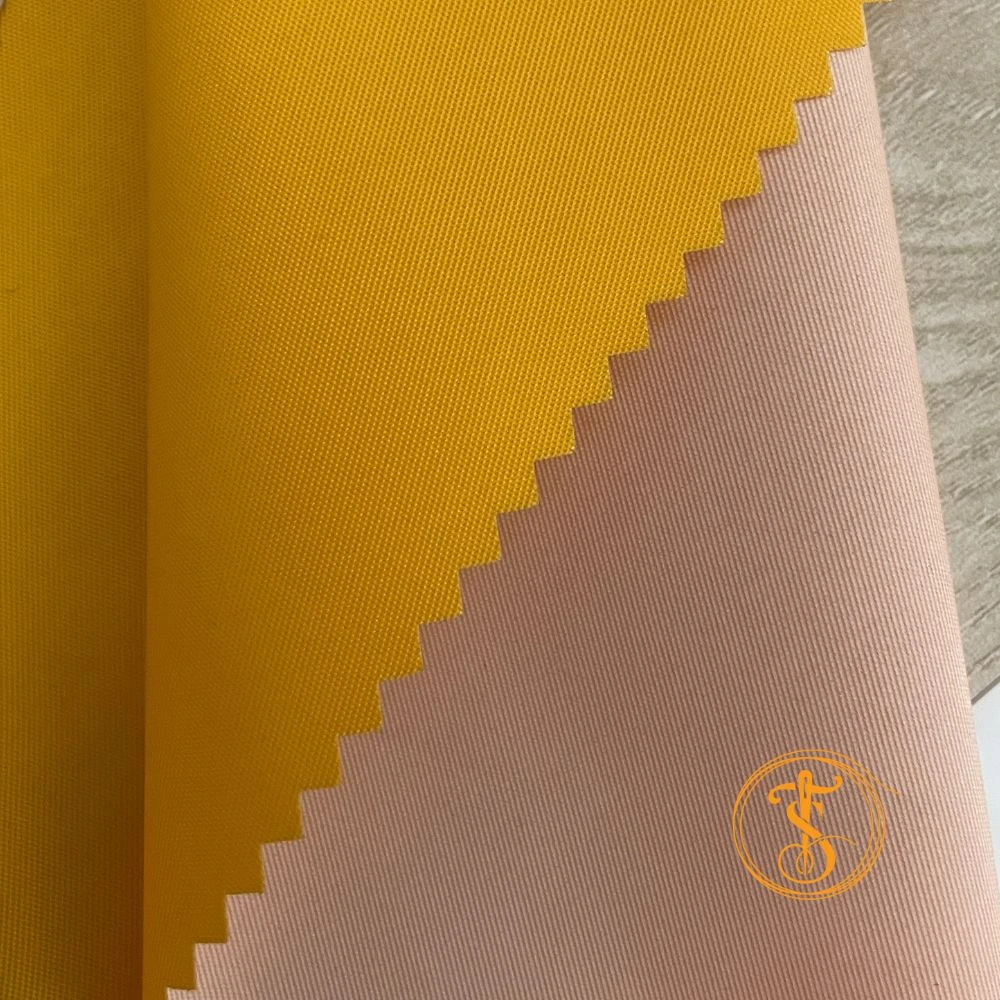
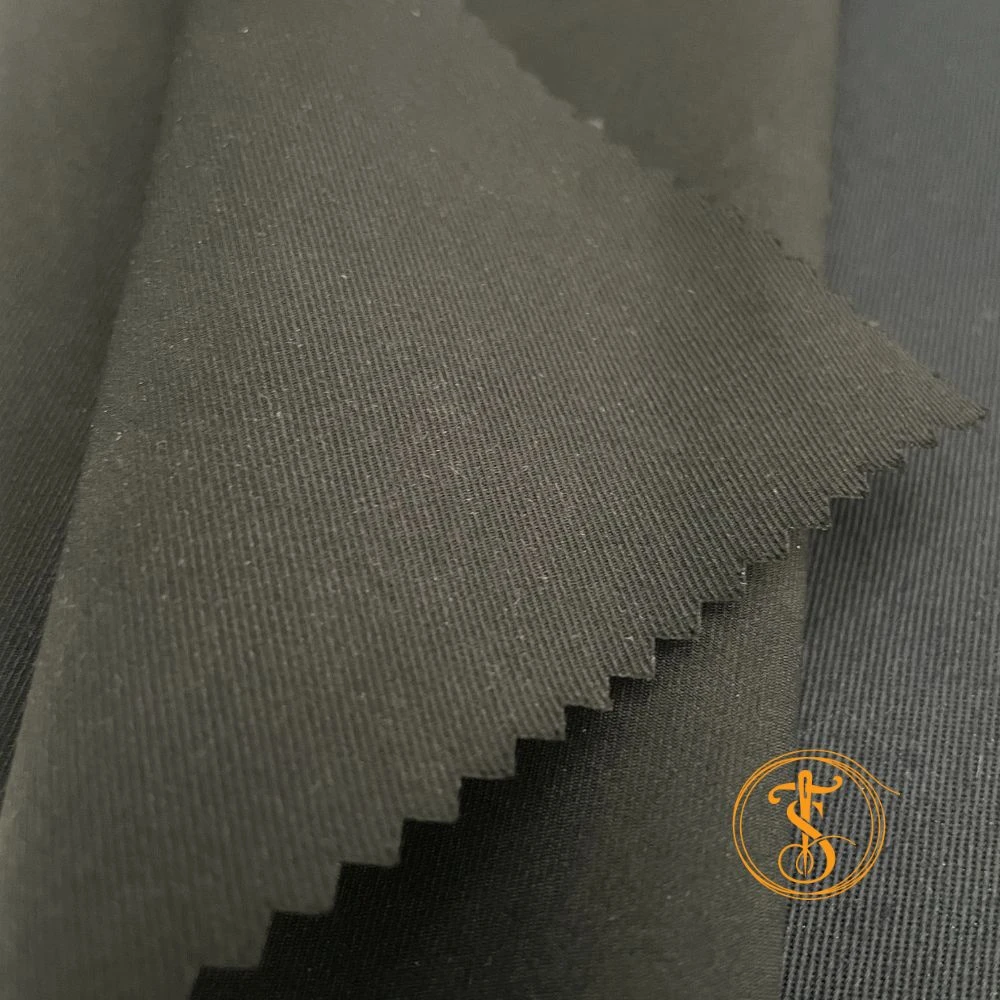
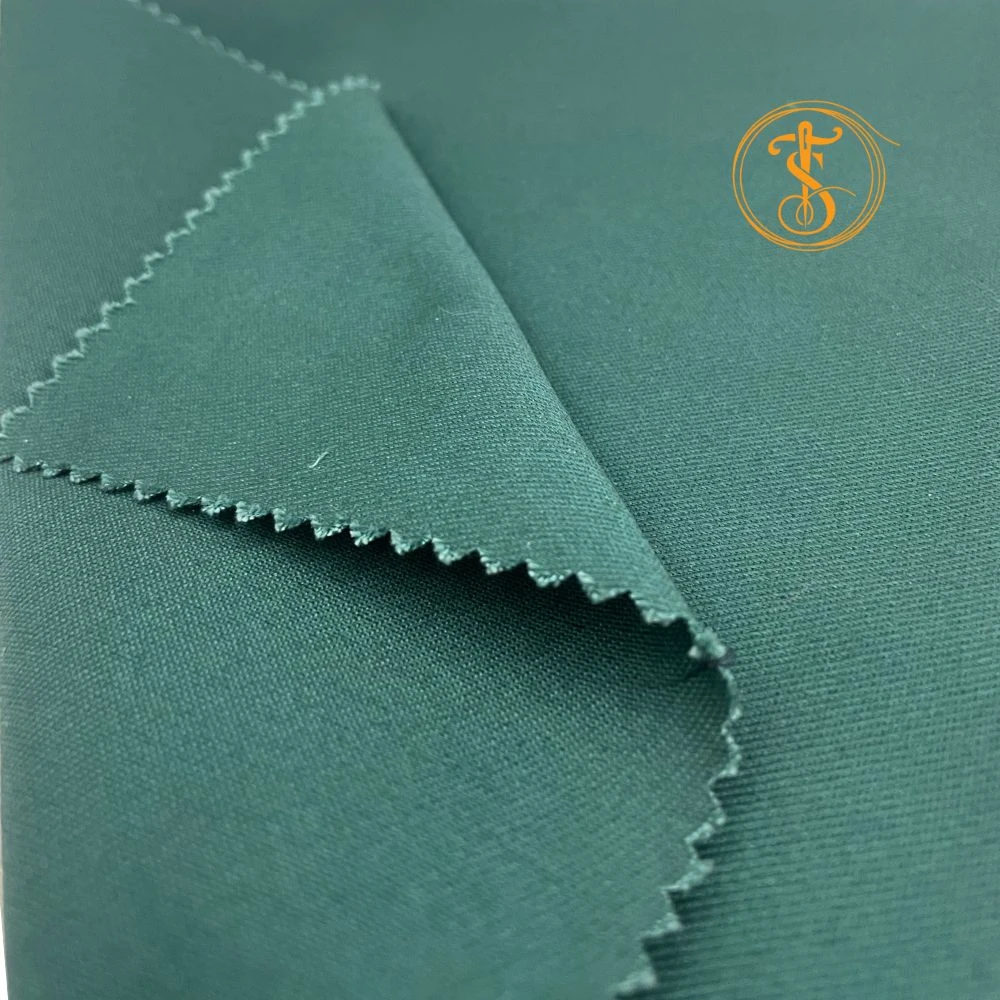
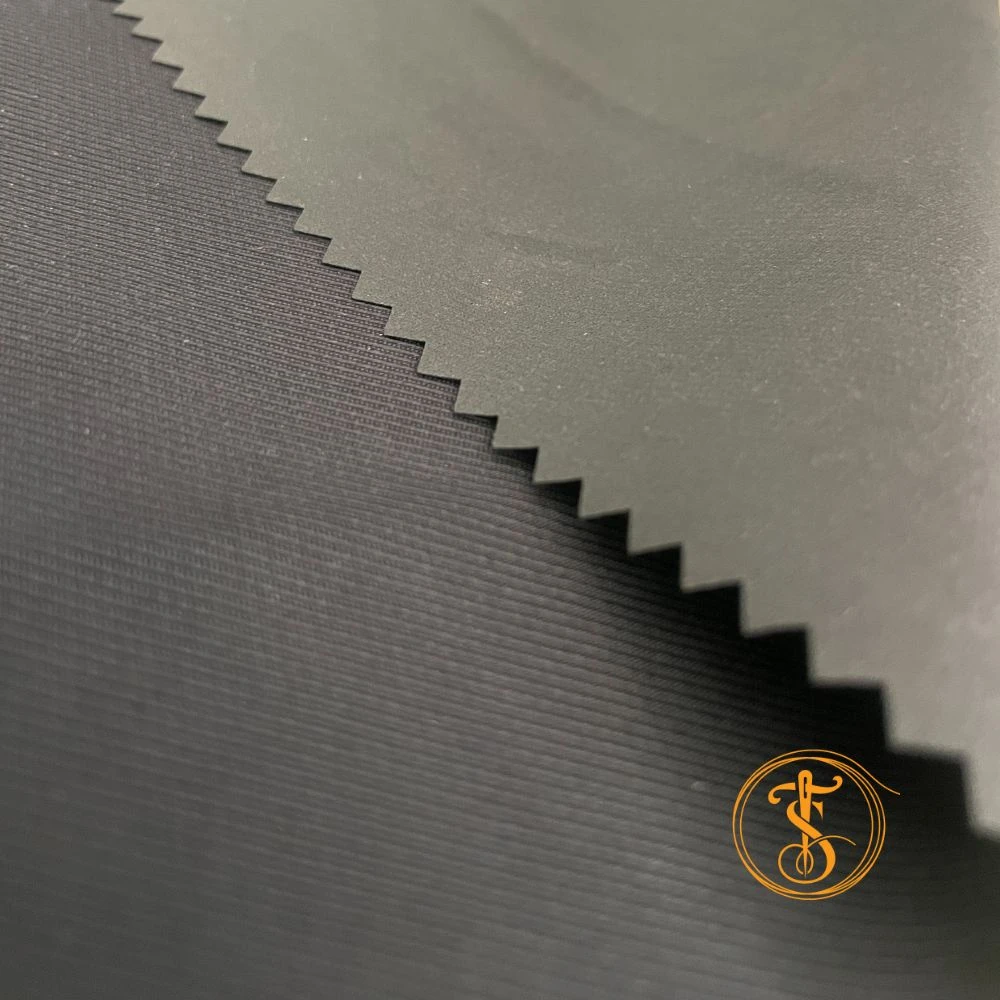
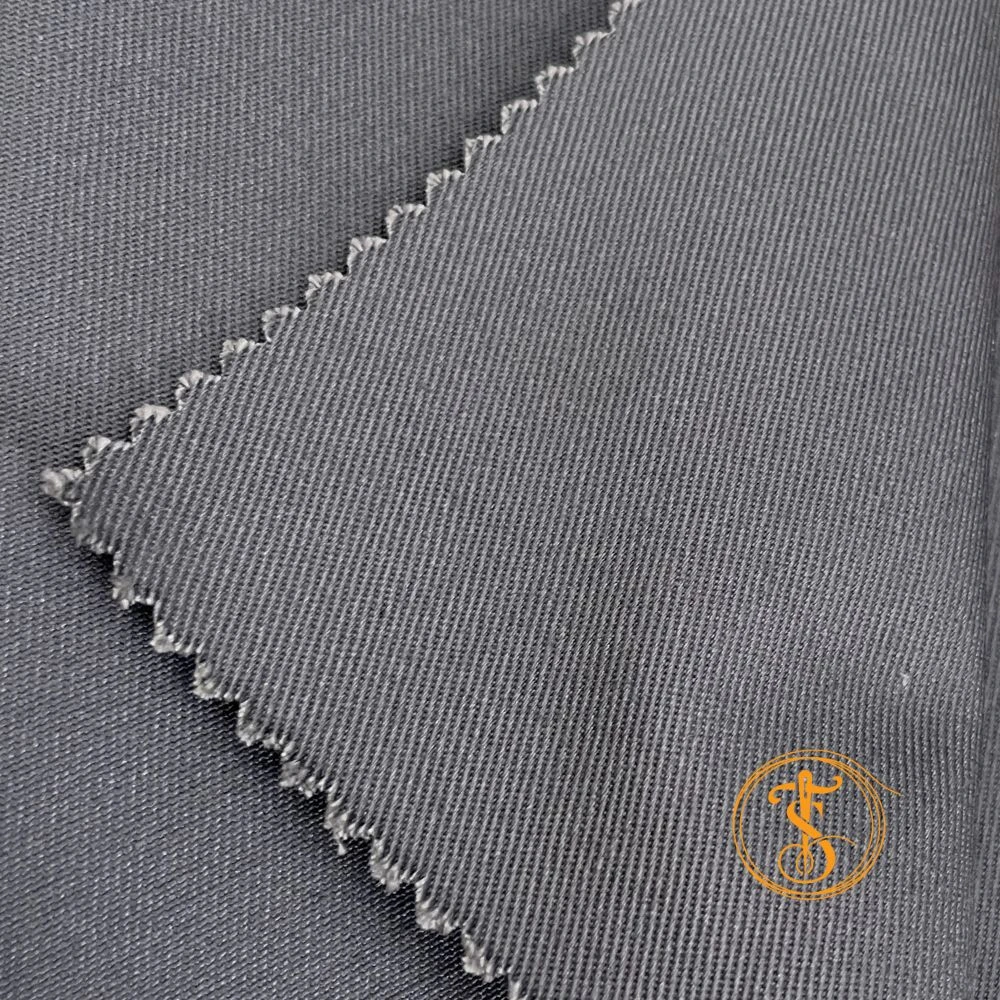
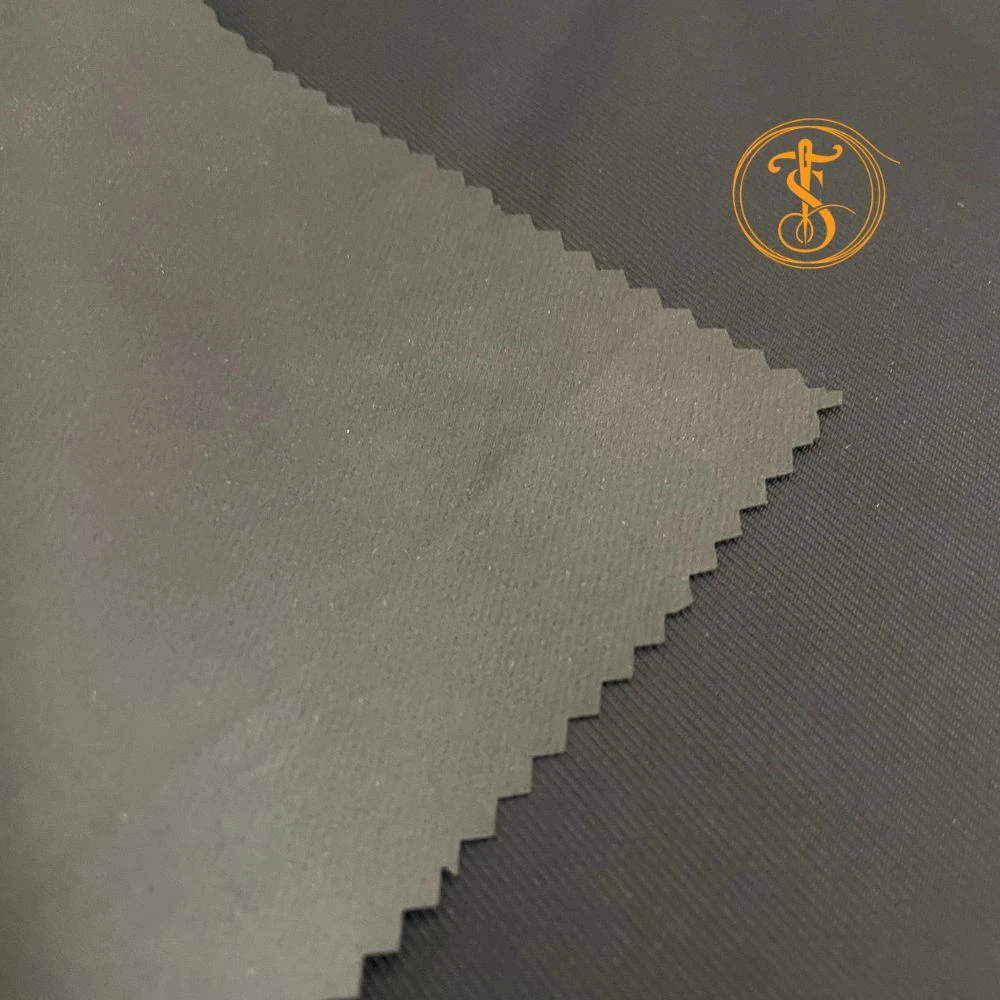
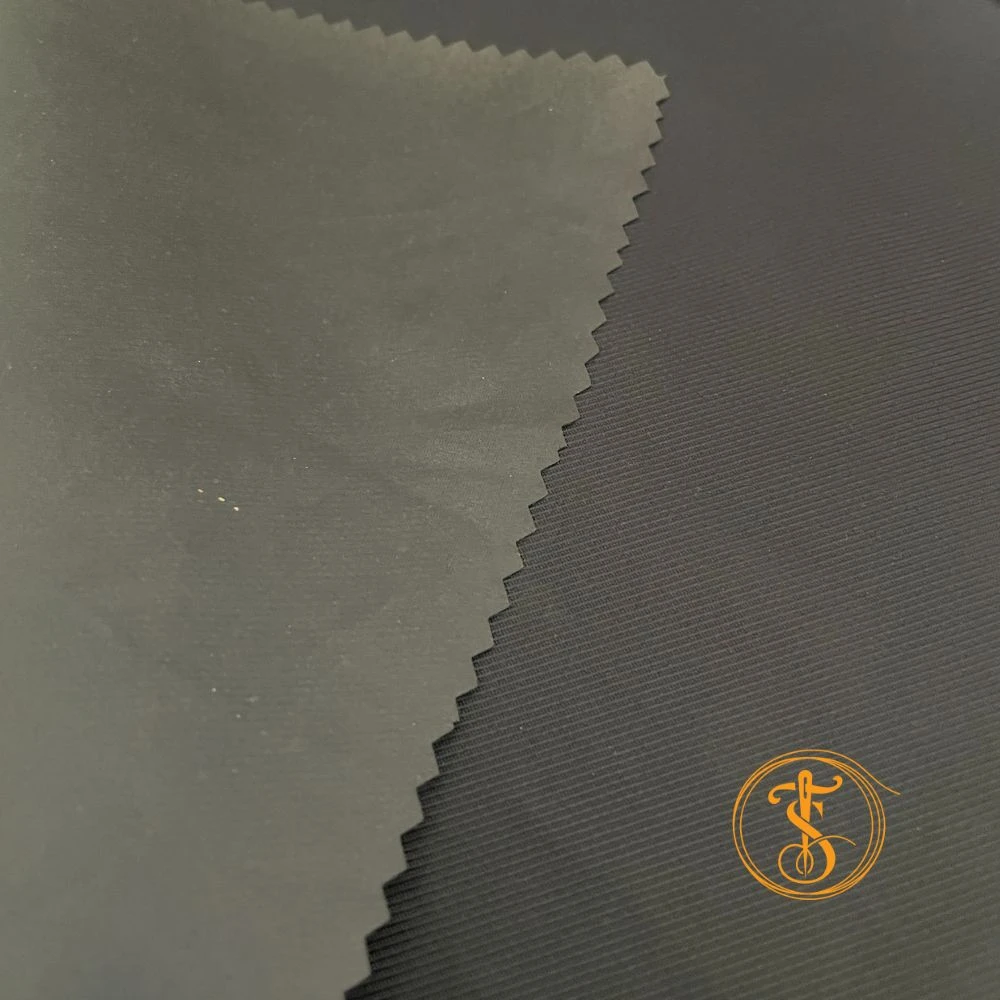
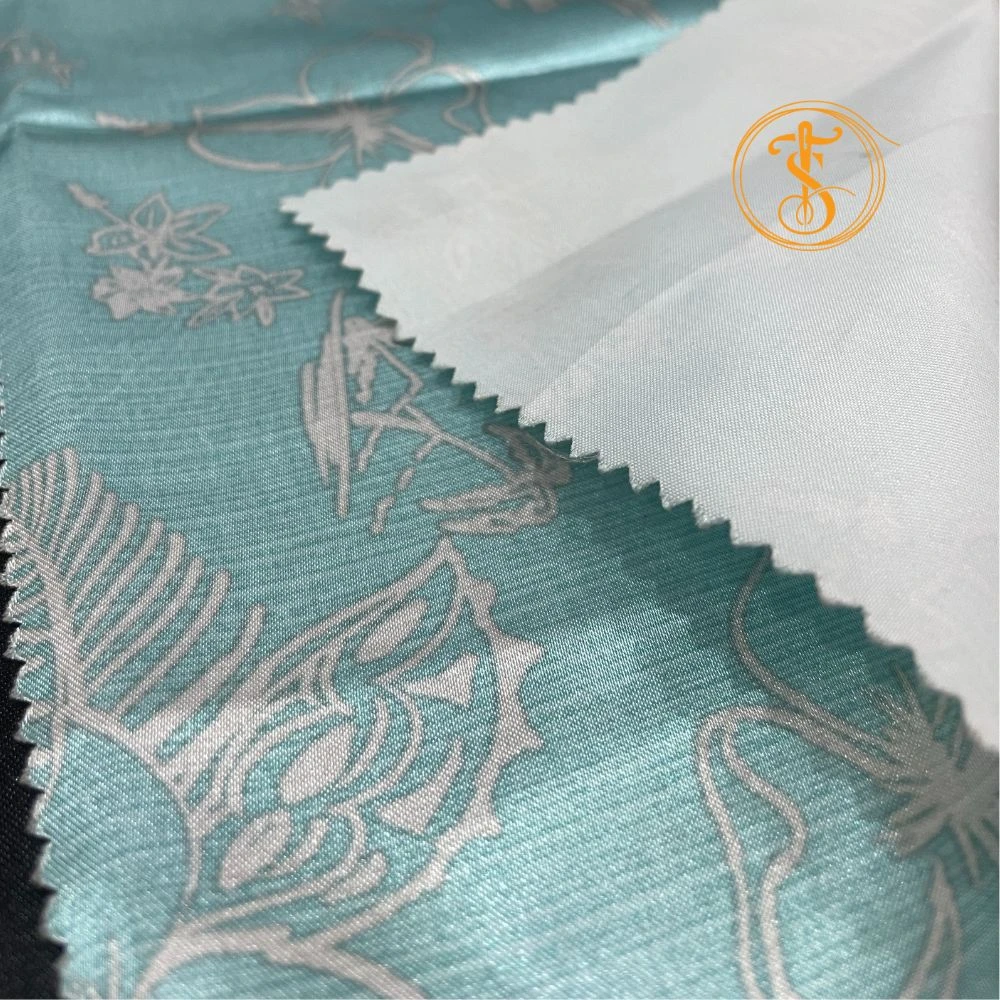

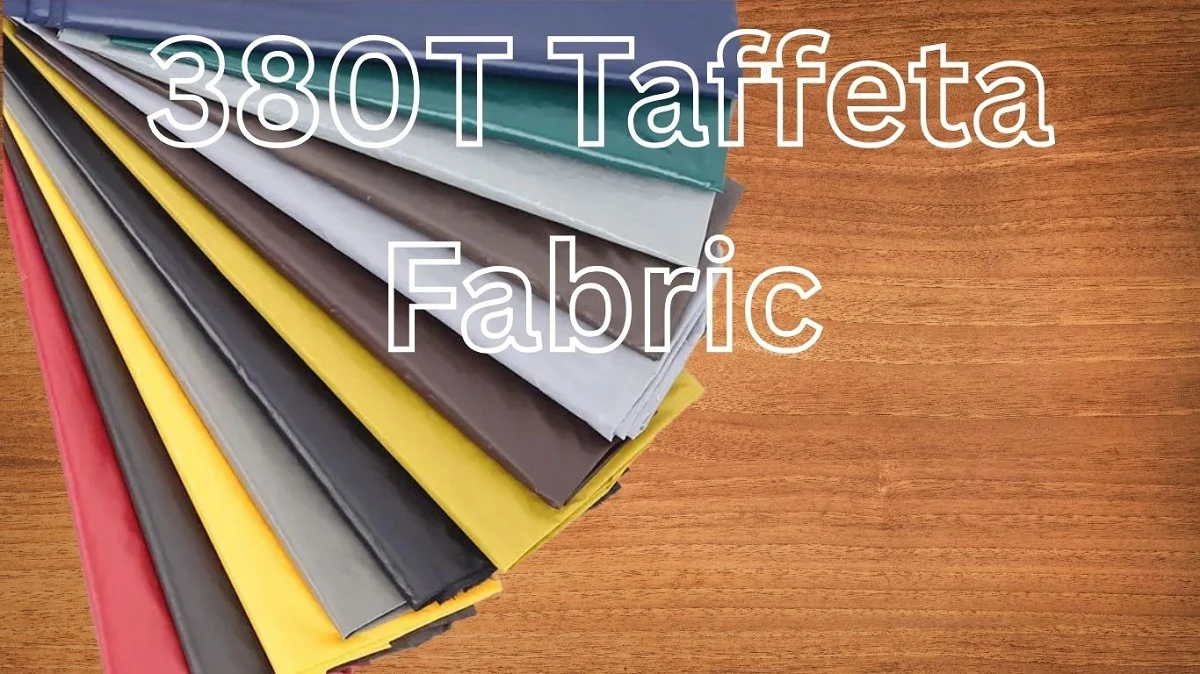
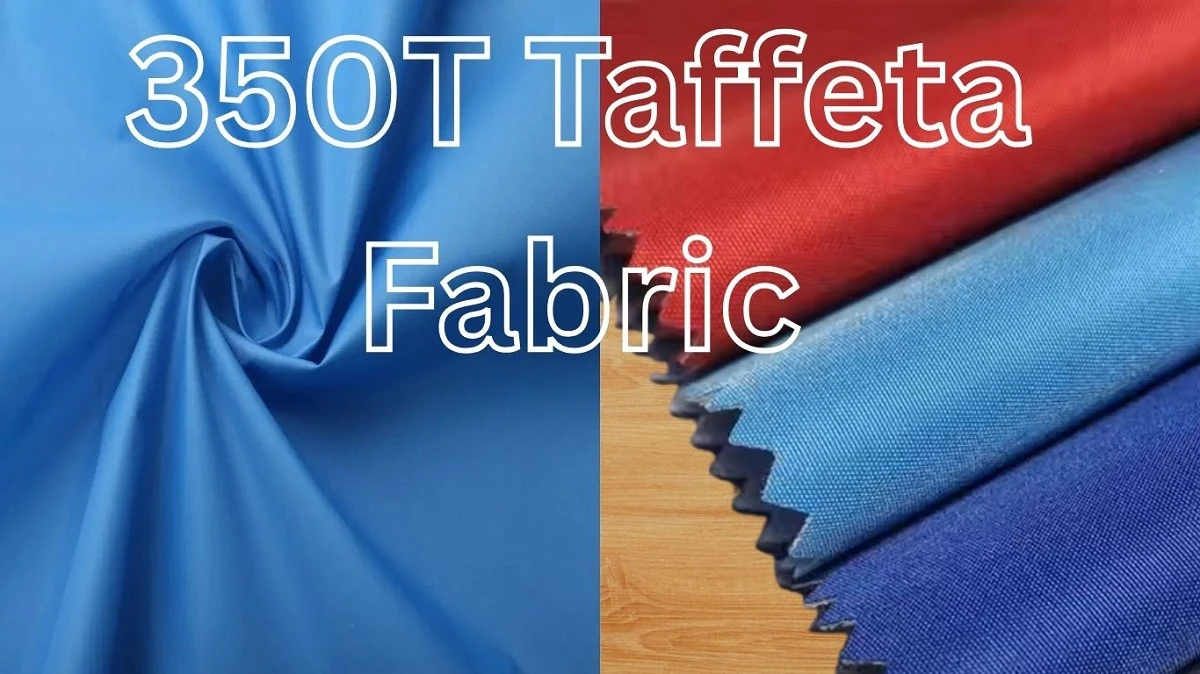
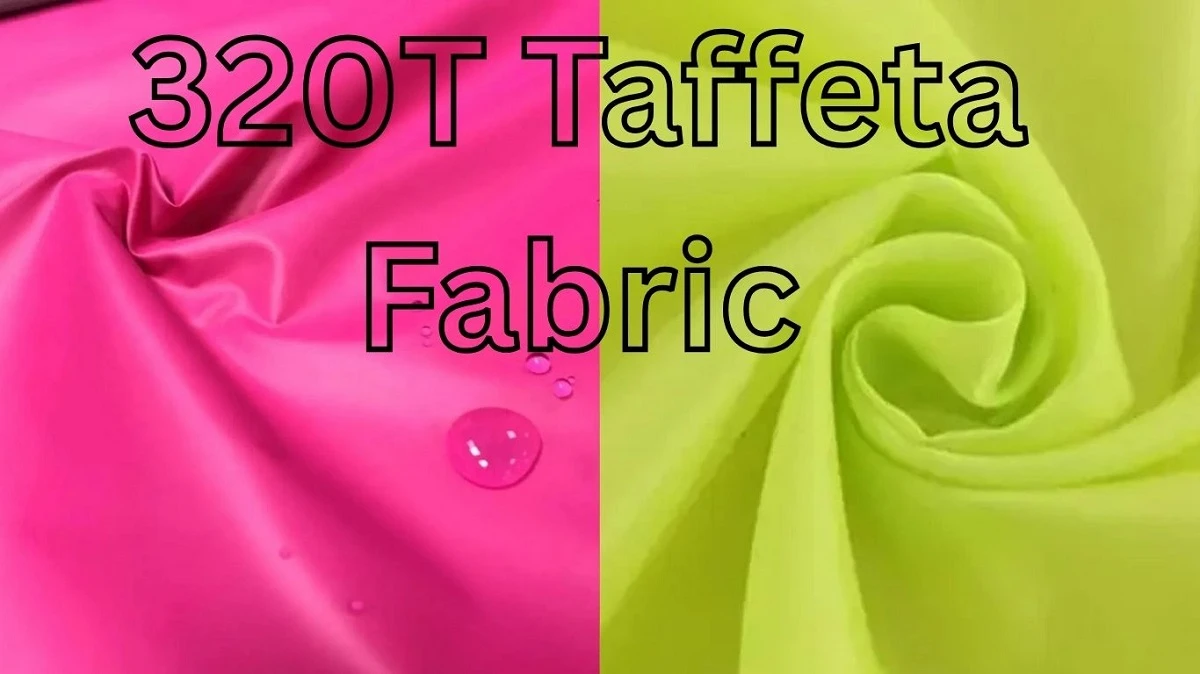
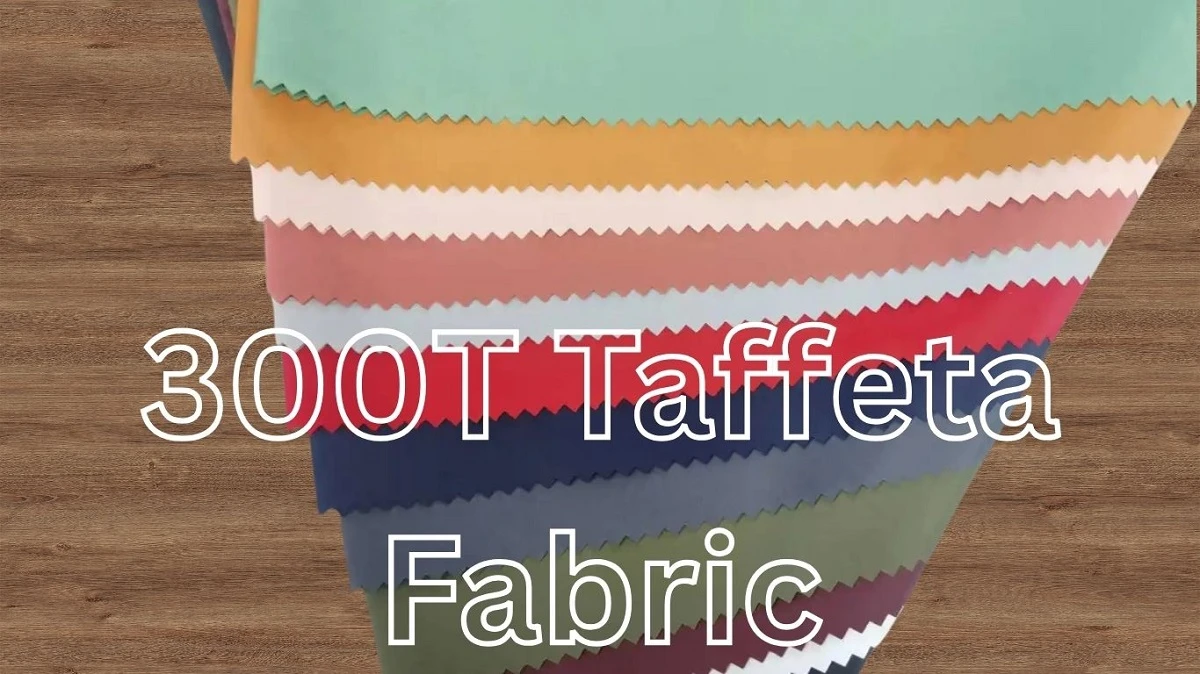
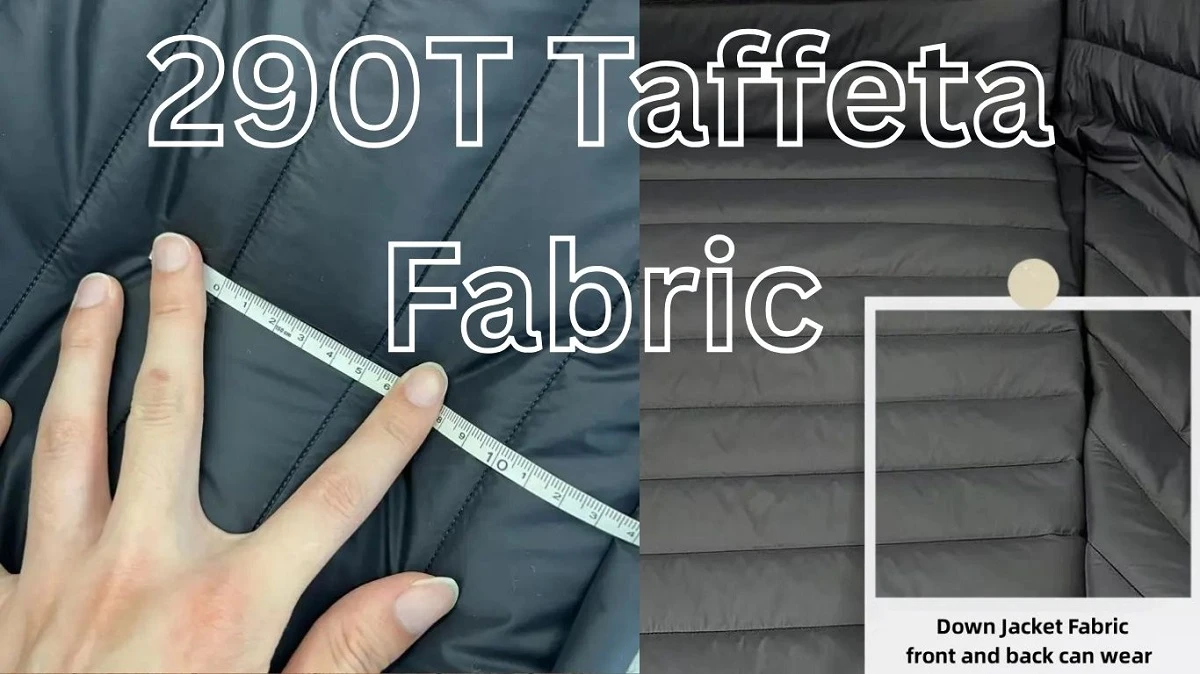
Comments - 00
Leave A Reply
Thanks for choosing to leave a comment.